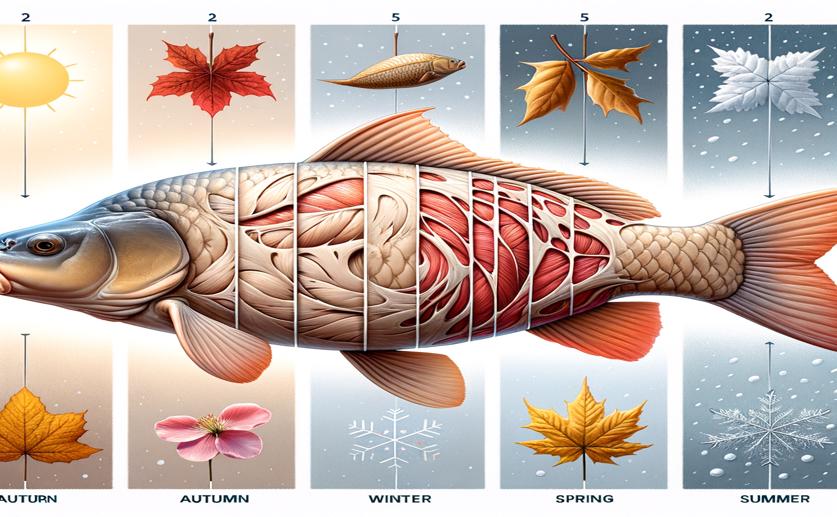
Seasonal Changes in Nutrients and Health Risks in Carp Muscle
Jim Crocker
12th May, 2024

Image Source: Natural Science News, 2024
Key Findings
- Study from Slovak University of Agriculture assessed health risks of eating grass carp
- Grass carp contains beneficial omega-3s but also metals like mercury and nickel
- Health risk indices suggest low risk from eating grass carp from the tested site
References
Main Study
1) Microelements, Fatty Acid Profile, and Selected Biomarkers in Grass Carp (Ctenopharyngodon idella) Muscle Tissue: Seasonal Variations and Health Risk Assessment
Published 9th May, 2024
https://doi.org/10.1007/s12011-024-04190-9
Related Studies
2) Fish consumption and cardiovascular disease related biomarkers: A review of clinical trials.
3) A critical review on the health benefits of fish consumption and its bioactive constituents.
4) Locally caught freshwater fish across the United States are likely a significant source of exposure to PFOS and other perfluorinated compounds.



 16th March, 2024 | Jenn Hoskins
16th March, 2024 | Jenn Hoskins